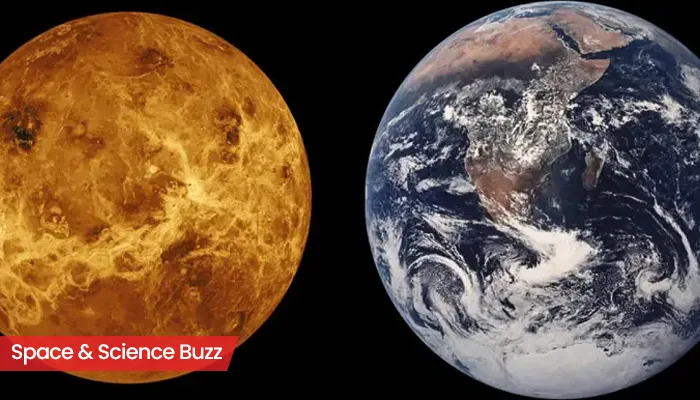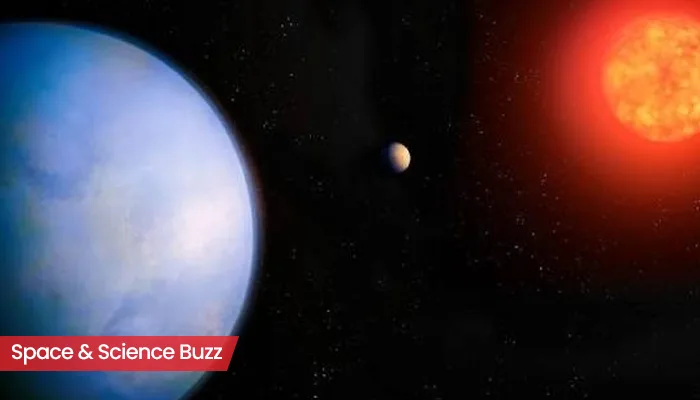
Here are today’s most important updates from the realm of Science and Space.
Fueling Space-based Innovations: India’s Pixxel Joins NASA in Hyperspectral Earth Observation Tech
Indian hyperspectral imaging and Earth observation company Pixxel has grabbed a lucrative offer from NASA in an attempt to enhance Space-based solutions. Through Commercial SmallSat Data Acquisition (CSDA) project, advanced technologies will capture information across different narrow wavelengths to provide insightful data about climate change, agriculture, biodiversity, as well as resource management.
Pixxel is by far the youngest company to be part of this $476 million worth program. As per contract, Pixxel will be associated with this project till November 2028. Pixxel is currently preparing for the launch of Fireflies satellites, the highest-resolution hyperspectral satellites ever used.
Chandrayaan-3 Detects Lunar Tremors: 250+ Seismic Events Recorded

India’s pioneering Chandrayaan-3 mission has detected over 250 seismic signals or tremors on the lunar south pole. Among these, at least 50 signals could be possibly linked to Moonquakes. The maximum peak to peak amplitude of the signal was as high as 700 μg for certain signals.
This is the first collection of seismic data from the southern pole of Moon since the Apollo era. The experiments were conducted by Instrument for Lunar Seismic Activity (ILSA), aboard Vikram lander. Further experiments are required to understand the reasons behind these activities.
SpaceX's Polaris Dawn Mission: Astronauts Embark on Daring Trek into Earth's Van Allen Radiation Belt

SpaceX set to blast off for first-ever private spacewalk adventure after multiple delays. Along with billionaire Jared Isaacman, other crew members are Anna Menon, Scott Poteet, and Sarah Gillis.
The mission will start its daring trek into Earth orbit and plunge through the belt of radiation wrapping the planet. The 5-day adventure will include passing through the inner Van Allen radiation belt, “one of two donut-shaped swaths of highly energetic particles from the sun that are magnetically trapped around Earth,” according to SpaceX.
This highest-altitude crewed flight will test body’s reaction to extremely low gravity area, a huge leap for alternate space habitation.
New Study Reveals Hidden Link Between Gum Disease and Arthritis

A new research revealed periodontal disease, which affects the gums and surrounding tissues and one of the most common dental disorders worldwide is linked to Arthritis. Periodontal disease, caused by the growth and deposition of bacterial biofilm around the teeth, can lead to tooth loss in severe cases. The pathogen responsible, Aggregatibacter actinomycetemcomitans extend well beyond the mouth, resulting in systemic consequences to promote rheumatoid arthritis, a serious autoimmune disease affecting joints.
The outcome of this novel work could contribute to the development of treatment strategies for not only arthritis but also other systemic diseases, like Alzheimer's disease, which is also linked to periodontal pathogenic bacteria.



.webp)
.WEBP)
.WEBP)
.webp)
.webp)


.webp)
.webp)
.webp)